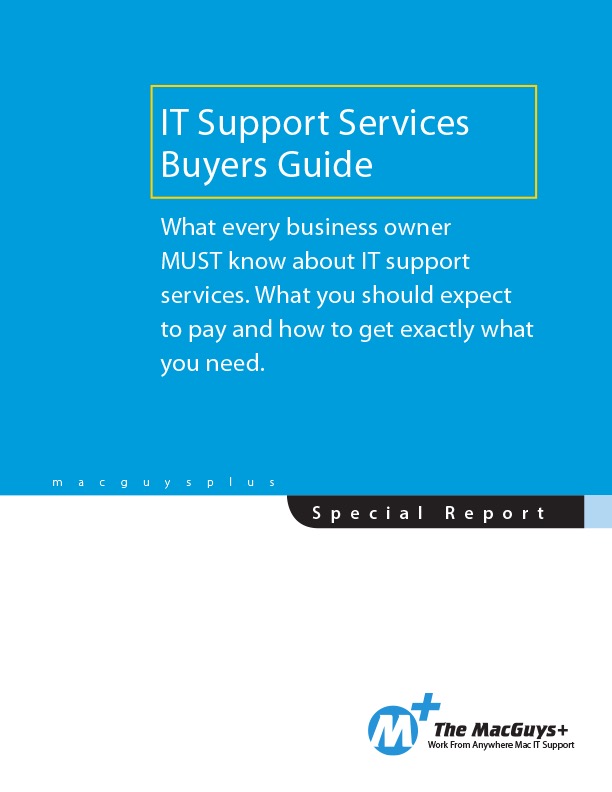
As AI tools like ChatGPT, Claude, Copilot, and Gemini become more capable and accessible, employees are quietly using them to get work done, whether their companies have given the green light or not. While AI can enhance productivity, unchecked use of these tools introduces serious risks to data privacy, regulatory compliance, and business reputation.
Here’s why every business needs an AI policy now, and how to create one that balances innovation with responsibility.
The Rise of Shadow AI
Chances are, your employees are already using AI—even if it’s not officially allowed. An October 2024 study from Software AG found that half of all employees use unsanctioned AI tools to streamline tasks and boost efficiency. More concerning? Most would continue to use these tools even if explicitly banned.
A February 2025 TELUS Digital survey revealed that 57% of enterprise employees have entered high-risk data into publicly available AI platforms. This includes:
- Employee or customer personal information
- Proprietary product and project details
- Confidential financial data such as revenue, margins, and forecasts
Why an AI Policy Matters
A clear, well-structured AI policy helps businesses take advantage of the benefits of AI while reducing the risks. Without one, you leave your company vulnerable to:
Data Security Risks
Employees often paste sensitive information into public AI platforms. Free versions of tools like ChatGPT and Gemini may use this data to train their models (unless settings are changed), raising the risk that private information could be indirectly exposed or redistributed.
Compliance Violations
Even if a data breach does not occur, using non-compliant AI tools to handle regulated data, such as patient health information (HIPAA) or consumer behavior data (CCPA), can create legal consequences.
Bias and Discrimination
Without clear guidelines, ethical and legal challenges may occur. Be aware that AI tools can inadvertently introduce bias in hiring, customer interactions, or decision-making.
Employee Confusion and Inconsistency
Without defined rules, employees are unsure what tools are safe to use, resulting in disjointed workflows, anxiety, and reduced productivity.
What to Include in an AI Policy
A strong AI policy doesn’t need to be long but must be clear. At a minimum, include the following:
- Approved AI Tools and Use Cases
- Define what types of tasks are appropriate for AI assistance, and list specific tools employees can use.
- Data Privacy and Compliance Rules
- Outline what data types should never be shared with AI platforms, and provide guidance aligned with relevant laws and regulations.
- Review and Oversight Requirements
- Require human review of all AI-generated content before use. In client-facing or public materials, disclose when AI has contributed to the final product.
- Incident Reporting and Risk Response
- Provide a simple process for reporting AI-related issues, whether a security incident, tool misuse, or faulty output.
- Ownership and Intellectual Property
- Clarify that all work generated with AI assistance remains the company’s property and include a statement on IP responsibilities.
How to Draft an AI Policy (Using AI)
If you don’t have a policy framework in place, here’s how to get started—ironically, with help from AI:
1. Generate a Template with AI
Prompt a tool like ChatGPT or Claude to create an AI policy draft. Be specific: include your company’s size, industry, and all the elements above.
2. Customize and Review
Remove generic boilerplate content and adapt the draft to your organization’s unique needs and workflows.
3. Involve Key Stakeholders
- Leadership: Align with company values and risk tolerance
- IT Team: Ensure technical feasibility and data protection
- Legal Counsel: Verify compliance with relevant laws
- Department Heads: Ensure practicality and usability across teams
4. Finalize and Communicate the Policy
Incorporate feedback, finalize the policy, and roll it out with clear instructions and training. Review and update the policy regularly.
The rise of AI in the workplace isn’t a passing trend—it’s a shift in how work gets done. Whether your team is already using AI tools or avoiding them due to uncertainty, the absence of clear guidelines puts your business at risk.
Start today. Draft an AI policy that supports safe and effective use, encourages innovation, and protects your company’s data, reputation, and people.






